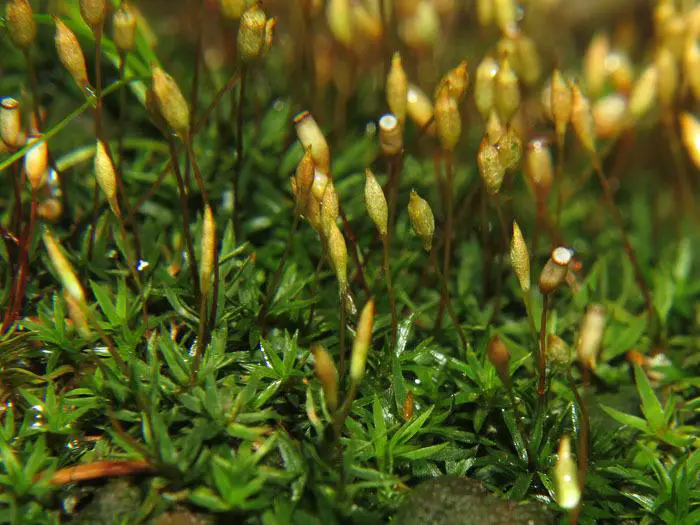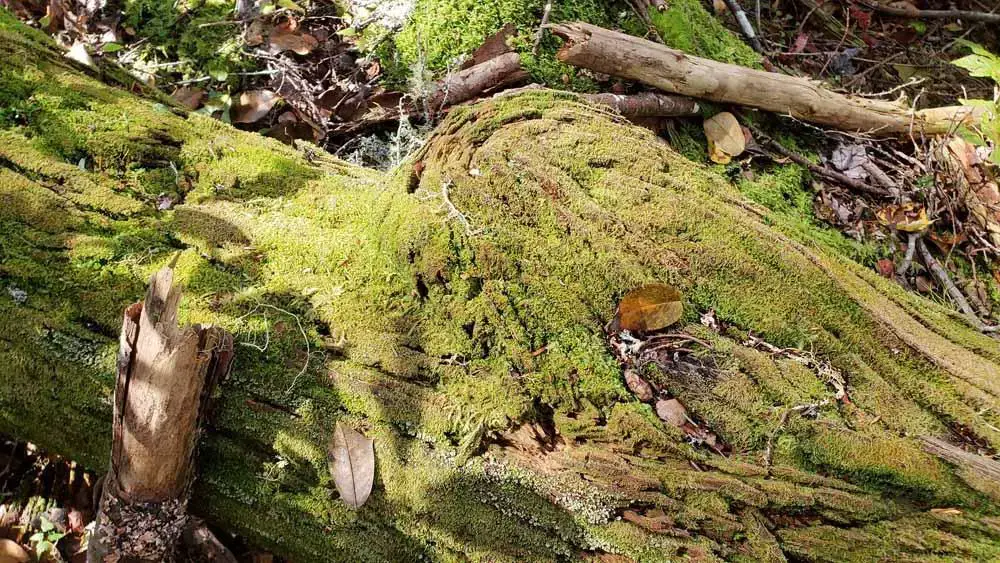
macro-green-pogonatum-plants-47773813.jpg from: https://www.dreamstime.com/stock-photo-macro-green-pogonatum-plants-image47773813
Exploring the Fascinating World of Pogonatum usambaricum (Broth.) Paris Moss
Introduction
Mosses are often overlooked, but they play crucial roles in ecosystems around the world. One particularly interesting species is Pogonatum usambaricum (Broth.) Paris, a moss in the Polytrichaceae family. In this blog post, we’ll dive into the details of this fascinating plant, from its morphology to its ecological importance. Get ready to discover the hidden world of

charlie_davis_inat_1609642282-5ff1516bc1e4d.jpg from: https://www.marylandbiodiversity.com/view/10934
Pogonatum moss!
Background
Pogonatum usambaricum is a species of moss first described by German botanist Viktor Ferdinand Brotherus in 1894. It was later transferred to the genus Pogonatum by French botanist Édouard-Gabriel Paris in 1900. This moss belongs to the Polytrichaceae family, also known as the haircap mosses, which contains some of the largest and most complex mosses in the world.

866389.jpg from: https://www.bio-forum.pl/messages/3280/866387.html
Morphology and Identification
P. usambaricum forms dense tufts or cushions. The stems are erect, growing up to 10 cm tall. Leaves are lanceolate (lance-shaped), 4-8 mm long, with toothed margins near the apex. The leaf midrib is prominent

023-pogonatum-neesii-himesugigoke-KJY5P7.jpg from: https://www.alamy.com/stock-photo/pogonatum.html?blackwhite=1
on the back side.
Unique identifying features include:
- Lamellae (thin, vertical flaps) covering most of the upper leaf surface
- Reddish-brown, hairy calyptra (cap) covering the capsule
- Cylindrical capsules on long reddish setae (stalks)
Global Distribution and Habitat
This moss has a scattered distribution across sub-Saharan Africa, including:

Pogonatum_urnigerum_endzellen_600.jpeg from: https://sagebud.com/pogonatum-moss-pogonatum-urnigerum
- East African countries like Kenya, Tanzania, and Uganda
- West African countries like Cameroon and Gabon
- South Africa
It typically grows on soil, rocks, or tree bases in montane forests and

26213871442_5637538fe2_b.jpg from: https://www.flickr.com/photos/wsmoye/26213871442
alpine heathlands

20181022_115736pl.jpg from: https://wcbotanicalclub.org/20181022_115736pl/
at elevations of 1200-3000 meters.
Ecological Roles and Adaptations
Like other mosses, P. usambaricum plays important roles in its ecosystems:
- Helps retain moisture and prevent soil erosion
- Provides habitat for micro-organisms and small invertebrates
- Pioneers on disturbed or exposed substrates
The moss has several adaptations for harsh montane conditions:
- Thick cell walls and waxy cuticles to prevent water loss
- Lamellae to increase surface area for photosynthesis
- Rhizoids (root-like structures) to anchor it to the substrate
Conclusion
Pogonatum usambaricum may be small, but it is a remarkable and resilient plant. From stabilizing soils in montane habitats to providing homes for tiny creatures, this moss plays an outsized role in African ecosystems. Next time you’re in the mountains of Kenya or Cameroon, take a closer look – you might just spot a patch of Pogonatum making its quiet but important contribution to the environment. What other overlooked organisms in your area play surprisingly significant ecological roles?